3.5 °c Wind speed: 24 km/h Precipitation: 32 % Cloudiness: 73 % Humidity: 81 mm Pressure: 32 mb
Croke Park Stadium Tour & GAA Museum
Jones' Road 28
Dublin
D
Ireland
Description
Have you ever visited a location that makes you feel the place is worthwhile? Like the atmosphere is alive with tales waiting to be told? That's how I feel when I visit Croke Park. Instead of being just a huge sports ground, it is a place which every Irishman cherishes deeply. His heart glows bright when visiting it. It is not a normal jog around the stadium. It is a jump into the pool of sports history that will make arms stand on end because of the excitement. For real, it is something extraordinary.
So, what's the big deal about "Croker"?
"Croker," as many Irish people lovingly refer to it, is Croke Park's notable nickname. To step inside Croke Park is hard to miss Croke Park's amazing reputation. While Croke Park is indeed very large, it serves as the primary venue for the national Irish games such as hurling (think field hockey, but faster and fiercer), Gaelic football (a brilliant mix of soccer, rugby, and a bit of basketball), and camogie (the women's version of hurling, just as skillful and tough). The Gaelic Athletic Association (GAA), founded in 1884, are the group responsible for the games. To revive Irish culture during the desperate cultural lifeline, they came up with these relatively unique sports and tried to keep them alive. Croke Park was purchased by the GAA in 1913 and was then named after one of their main supporters, Archbishop Croke, who also became the goal. The park was constructed with the dream for all, and the GAA remains a tribute to that volunteer energy.
First Stop: Where Old Jerseys Tell Epic Tales (The GAA Museum)
Your Croke Park adventure often kicks off in the GAA Museum, tucked under the Cusack Stand. And what a place to start! Forget stuffy old displays; this museum is buzzing. It brilliantly tells the story of Gaelic Games and how they're tangled up with Irish life. You'll see how the gear has changed (early hurlers were a brave bunch, let me tell you, with hardly any padding!), and you can get up close to the real Sam Maguire Cup (for football) and the Liam MacCarthy Cup (for hurling). These aren't just trophies; they’re like the Holy Grail for every player in Ireland.
The museum brings the legends to life—the players who became household names, whose Croke Park heroics are still talked about generations later. You get a feel for the guys who started it all, like Michael Cusack. And it's not just sports history; it's Irish history, showing how the GAA and the nation's story go hand-in-hand. Best bit? There's an interactive zone where you can have a go at hurling and football. Let's just say it makes you appreciate the skill of the players even more!
Walking in the Boots of Legends: Inside the Stadium
Right, from the museum, it's time to head into the stadium proper. And this is where it gets really special. You get to see the bits most people don't. Imagine standing in the team dressing rooms, the air almost crackling with the ghosts of pre-match nerves, inspirational half-time talks, and the sheer relief of victory (or the quiet of defeat). Your guide will probably share a few behind-the-scenes stories—all part of the magic.
Then, you take that walk down the players' tunnel. It's a short walk, but man, it's powerful. You can almost hear the roar of 82,000 fans packed in, cheering their county to glory. Stepping out onto the pitchside is a proper wow moment. The stadium is huge. The green of the pitch is immaculate. You're standing where history has been made, time and time again.
Consider some of the breathtaking All-Ireland finals hosted here: last-second close call wins, underdogs defeating towering champions, and bursts of pure athletic artistry. Every inch of emerald green grass has countless tales to tell. Winning isn't the only thing that counts; there's unyielding pride and the 'never give up' attitude that defines Gaelic Games.
Remembering Bloody Sunday: A Dark Day, An Unbreakable Spirit
Now, not every story about Croke Park is filled with sunshine and roars of joy. There is a very important, quite grim story that lies in the shadows: Bloody Sunday, 21 November 1920. During the Irish War of Independence, British forces stormed Croke Park while a match was being held and started shooting indiscriminately at the spectators and players. They murdered fourteen bystanders, one of whom was a Tipperary player called Michael Hogan. He was the first player in Croke Park history to be awarded a posthumous medal, and the stand bears his name.
The tour handles this with incredible respect. There's an exhibit in the museum that tells the story factually and movingly. It's a tough part of Croke Park's history, but it's vital. It shows how this place, a centre of sport and joy, also became a symbol of Ireland's struggle and its incredible resilience.
The View from the Nosebleeds
Often, the tour will take you up high into the stands, maybe even to where the commentators sit. From up there, you get a real sense of the whole place, a bird's-eye view of the pitch where all the tactics and strategies play out. It's also a moment to just take it all in, to imagine the stadium rammed, a sea of county colours, the noise almost lifting the roof off.
Many tours have fun, interactive bits too. You might get to lift a replica trophy (it's heavier than you think!) or sit in the fancy seats. It's all about giving you a little taste of what it feels like to be part of the Croke Park magic, whether you're a player or a fan. This is where dreams come true for so many.
Why "Croker" Stays With You
A trip to Croke Park is more than just ticking off a Dublin landmark. It's an immersion. You feel the energy of epic matches, you walk where sporting heroes have walked, and you get a real insight into why this place means so much to Irish people. The history, the stories, the raw passion—it all sinks in. You go in as a visitor, but you come out with a little bit of Croke Park's amazing spirit in your heart. It's a place that truly awakens your sense of wonder.
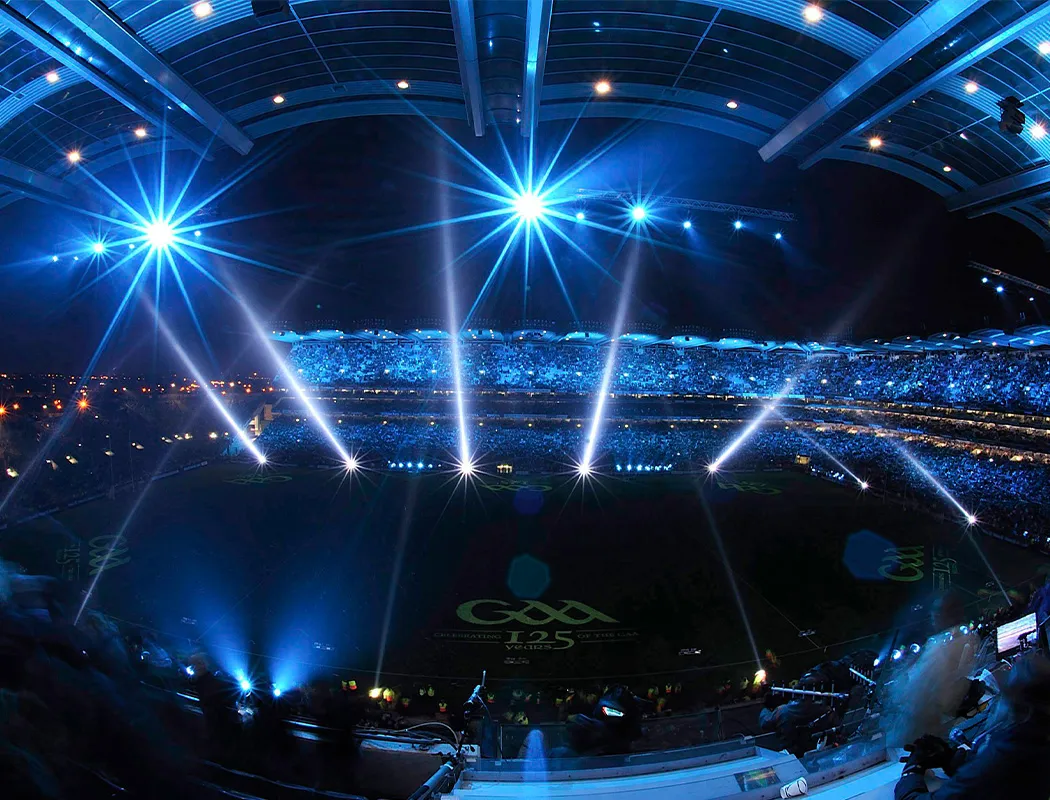
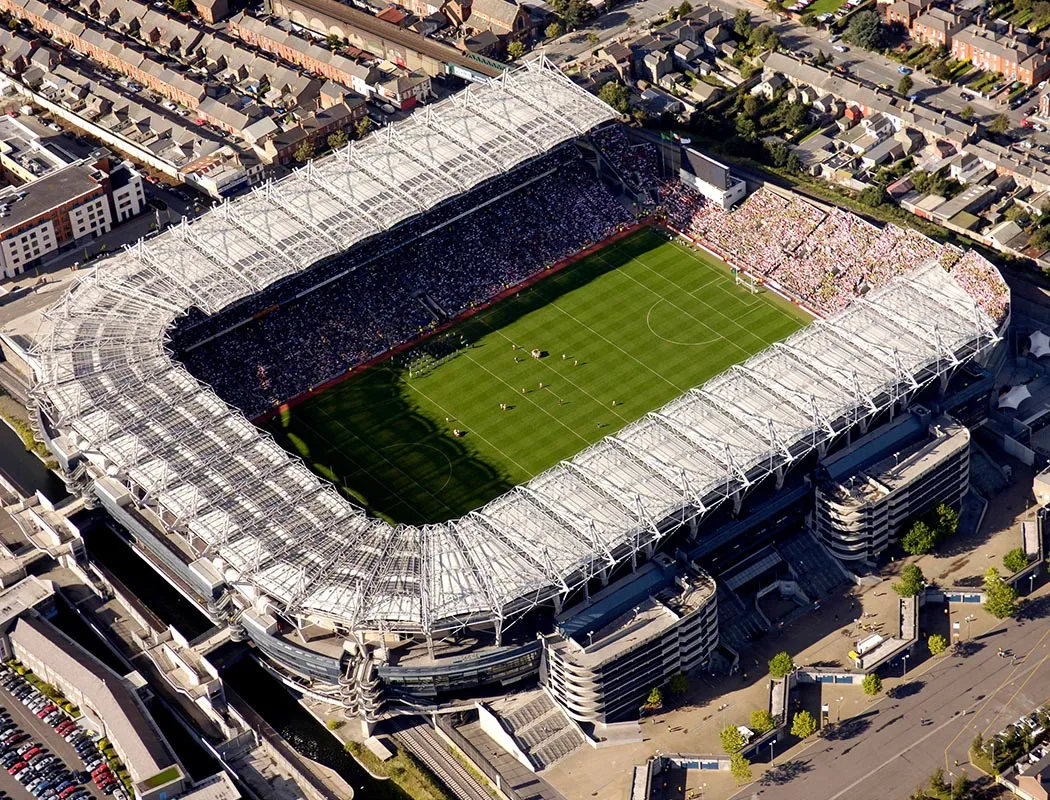

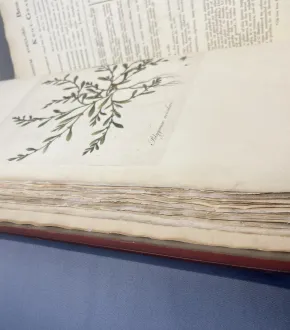
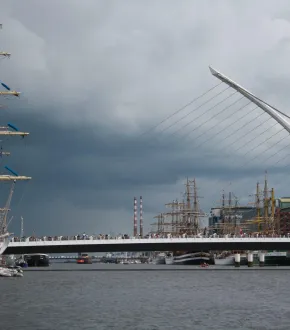
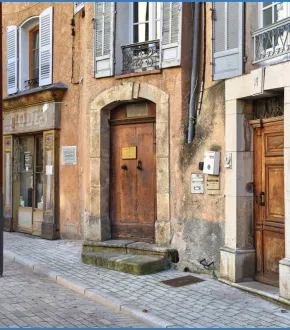
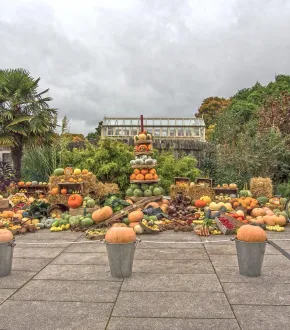
Comments